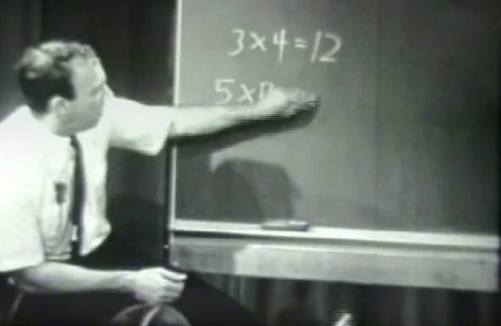English or literacy teachers, reading coaches, reading mentors, have you heard or stumbled across the phrase “high-low” reading books? I hadn’t. It is just what I am looking for, for our weekly your group reading / literacy lesson.
This week I listed the four or five items that my pupil-readers had taught me and the solutions I was seeking. Finding “suitable” books, books that tick that list and that are available in multiple copies, is not as easy as it sounds. However, I learnt this morning that a variety of publishers have created “high-low” ranges – high interest age / low reading age. Publishers such as Barrington Stoke who I coincidentally emailed yesterday.
As far as I understand it, high-low books have thinner chapters (rest breaks), look like ‘proper books,’ and often use age-appropriate illustrations. Lower reading ages (obviously), easier words (or repeated harder words), shorter sentence lengths and fewer words per page and yet the size and style of the text look more ‘grown up’ than “childrens books.” Makes sense. (Additionally, these books may have dyslexia friendly fonts and tinted paper.) The characters are more realistic – however I will add that my readers are looking for “big voices” for their “big / funny characters.” Another characteristic was straightforward plots thought I am not sure about that. I get the reason (avoiding shifting perspectives) however the pupils are smart, creative thinkers? Importantly, these books are de-badged. No ‘early reader’ labels.
Now I want all of the above and more for the group reading sessions. So I have written to Barrington Stoke to ask for their help… (any publishers willing to help do get in touch) I have a few ideas to pitch to them on behalf of my reading group. Idea around the practicalities of a sequence of reading lessons, promoting recall (gamification), how the text looks on the page, major and minor character roles, attack words for extending vocabulary, ways to promote observing punctuation and harnessing the success-motivation relationship. I also want to look at supporting the time in between lessons – high output, for the time input schools can afford. (Think peripatetic lessons.)
I will keep you posted. Coram Beanstalk thanks for the signposts.


